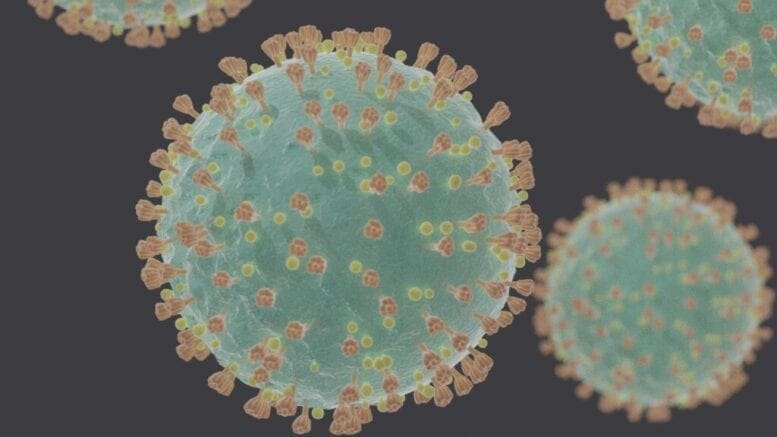Governor Brian Kemp has extended Georgia’s public health emergency order due to the ongoing COVID-19 pandemic through midnight September 10.
In an executive order announced on July 31, 2020, Kemp wrote:
In consultation with the Commissioner of Public Health, the Director of the Georgia Emergency Management and Homeland Security Agency, the Adjutant General of the Georgia National Guard, and other state health and emergency preparedness officials, I have determined the public health emergency created by the spread of COVID-19 persists in the State, and that it is necessary and appropriate to renew the Public Health State of Emergency for thirty (3o) days.
Read the entire extension order here.
The previously extended order was set to expire on August 11.
Current state of COVID-19 in Georgia
According to the July 31 Daily Status Report from the Georgia Department of Public Health the total confirmed cases of COVID-19 in the state as of that date are 186,352. The number of deaths from COVID-19 in the state stand at 3,752. Hospitalizations in the state since the pandemic began are at 18,689. ICU admissions for COVID-19 are at 3,414.
The daily status report
The daily status report from the Georgia Department of Public Health is posted daily at 3 p.m.
In addition to the total confirmed cases, hospitalization and death, the report includes other information such as demographic breakdown by race/ethnicity, sex and age.
You can also download the data in CSV format at this link, so you can open it in a spreadsheet and build different views of the data yourself.
There is also a guide to understanding the data here.
The Georgia Department of Public Health describes the data collection process as follows:
The Daily Status Report is updated once daily at 3 p.m. Data are reported to the Georgia Department of Public Health (DPH) from numerous labs, hospitals and providers in various ways.
Electronic Laboratory Reports (ELR) are data files transmitted to DPH that contain patient identifiers, test information and results. Individual “case” reports may also be submitted through DPH’s secure web portal, SendSS, from healthcare providers and other required reporters. These reports often contain more specific patient information. In either reporting scenario, data may be incomplete.
Data displayed on the DPH Daily Status Report reflect the information transmitted to DPH, but may not reflect all current tests or cases due to timing of testing and data reporting
